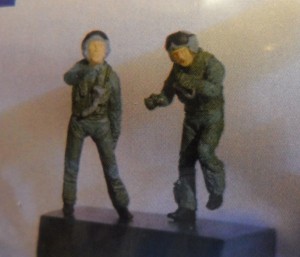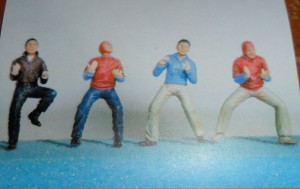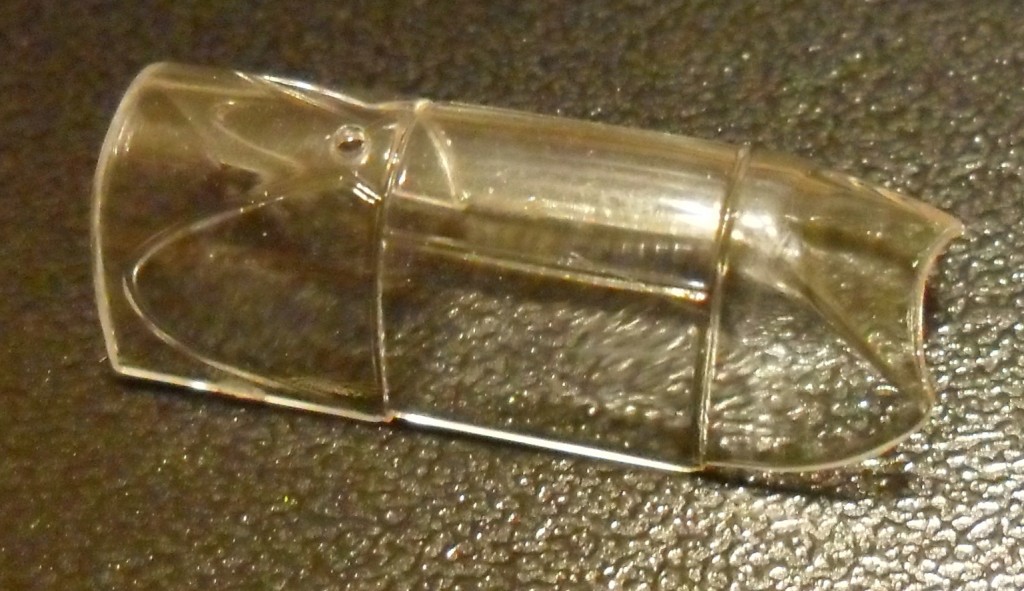Click pics (by AAron B. Hutchins) to make bigger:
- U.S. Air Force Reserve (out of Colorado) C-130H, Pocatello Airport, 09 August 2012.
- MAFFS 2 has been described as a Wyoming National Guard plane, but it belongs to the 302nd Airlift Wing, USAF Reserve Command, Peterson AFB in Colorado.
- On 03 August 2012, the U.S. Forest Service requested more MAFFS equipped C-130s to be based out of Boise, Idaho.
- California National Guard MAFFS 6, C-130J, Pocatello Airport, 09 August 2012.
- California National Guard has two MAFFS C-130Js operating out of Boise. The latest request by the Forest Service brought in at least two MAFFS C-130s from Colorado.
- MAFFS units are operated by the California, Wyoming & North Carolina National Guards, as well as the 302nd USAF Reserve out of Colorado.
EAST IDAHO WILDFIRES 2012: MAINTENANCE DAY FOR SKYCRANE FIRE FIGHTER @ POCATELLO AIRPORT
















































































